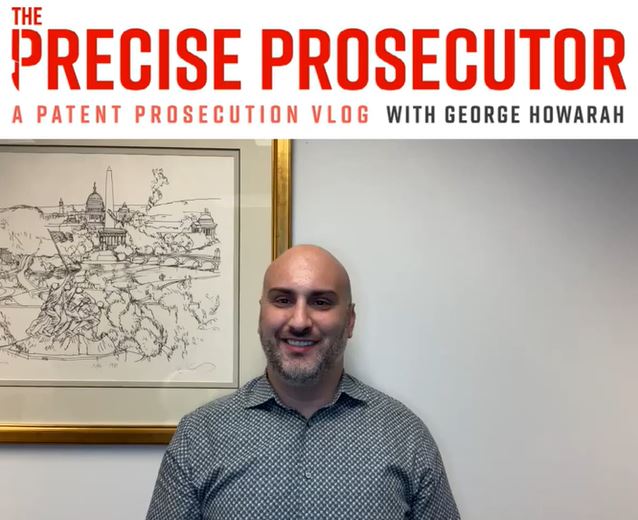The Art of Examiner Interviews: A Strategic Approach for Success
In the complex and nuanced world of patent prosecution, examiner interviews stand out as a crucial element in navigating the approval process efficiently. George Howarah shares his invaluable insights on how to leverage examiner interviews to their full potential. This blog post delves into the strategic preparation necessary for conducting successful examiner interviews, highlighting George’s expert perspective.
Understanding the Client’s Goals
The first step in preparing for an examiner interview involves a clear understanding of the client’s objectives. Whether the aim is to expedite claim approval within a reasonable scope or ensure the claims align with a specific product or standard, identifying these goals upfront is critical. This initial clarity guides the strategy throughout the interview process, ensuring that the direction pursued aligns with the client’s expectations.
Analyzing the Prosecution History
A thorough examination of the application’s prosecution history is essential. This involves distinguishing whether the application is original, a continuation, or a divisional. Understanding the nuances between the current claims and those in previous applications helps tailor the approach to the interview. Additionally, recognizing the stage of prosecution is key. An aggressive stance might be more suitable at the beginning, whereas a more conciliatory approach could be beneficial in later stages, aiming for a middle ground that maintains the claims’ integrity.
Evaluating the Examiner’s Position
Assessing the examiner’s posture towards the application and the specifics of any rejections is another critical step. This includes reviewing past interactions for any precedents of overcoming objections and scrutinizing the current office action for potential misunderstandings or oversights by the examiner. Such an evaluation helps in anticipating the examiner’s concerns and preparing a more effective response.
Assessing the Strength of the Rejection
Finally, George emphasizes the importance of analyzing the strength of the rejection. Whether dealing with a 102 (novelty) or a 103 (non-obviousness) rejection, it’s vital to give the examiner the benefit of the doubt while also firmly advocating for the patent’s validity. This may involve deciding on the necessity of claim amendments to navigate around the rejection.
The preparation for an examiner interview is a multifaceted process that requires a deep understanding of the client’s goals, the application’s history, the examiner’s perspective, and the nature of the rejection. George’s approach showcases the importance of meticulous preparation and strategic planning in achieving successful outcomes in patent prosecution. By adopting these strategies, patent practitioners can enhance their effectiveness in examiner interviews, leading to more favorable results for their clients.
Want more Precise Prosecutor? Check out other videos with George Howarah here!

